Policy: Bleeders (exercise induced pulmonary haemorrhage)
Policy type: Policy
Status: Current
Manual reference: 10e
Date ratified: 23 February 2016
Policy
Racehorses that suffer from exercise induced pulmonary haemorrhage (bleeders) should be stood down from racing for defined periods dependent on the frequency of occurrence of haemorrhage.
Explanation
A bleeder is defined as a horse in which blood from the lungs has appeared at one or both nostrils after strenuous exercise.
Scientific evidence indicates that blood appearing at one or both nostrils after strenuous exercise in the vast majority of horses comes from the lungs.
Guidelines
- A bleeder is diagnosed by the presence of blood at one or both nostrils after strenuous exercise.
- If there is reason to believe otherwise, e.g. trauma to the head or nose, or if the owner’s agent questions the source of blood as being from the lungs, then the horse should be examined endoscopically. To confirm that the source of the blood appearing at one or both nostrils comes from the lungs, a thorough endoscopic examination of both nasal passages, the naso-pharynx and the cervical trachea should be performed. This examination should ideally be performed 30 to 120 minutes after exercise. If this is not possible because of the unavailability of an endoscope at the racecourse, then the horse should be endoscopically examined within a period of no longer than 6 hours from the time of exercise. This examination may be requested by the stipendiary steward and the results reported to him. Alternatively an owner/trainer has the right to request that their horse be examined endoscopically to confirm/deny that it has “bled”. This examination must be performed by a registered veterinarian within 6 hours of the race and a certificate sent to the appropriate authority at the owner’s expense.
- The first time a horse bleeds it shall be ineligible to race for a period of 21 days.
- A horse that bleeds for a second time within a 12-month period shall be ineligible to race for a period of 60 days from the second bleed.
- A horse that bleeds for a third time within a 12-month period shall be ineligible to race for 120 days from the third bleed.
- A horse that bleeds for a fourth time within a 12-month period shall be ineligible to race permanently.
NB: If the stipendiary steward and the attending veterinarian are of the opinion that the horse has bled profusely and/or has suffered from respiratory distress as a result of the bleeding, then the stand down period may be increased from that recommended. - Before allowing a horse to start racing again, it shall be observed during and after fast work of at least 1000 metres to determine whether blood is present at (or coming out of) the nostrils. This examination will be performed by either a qualified veterinarian or stipendiary steward.
NB: This policy is not currently endorsed by Thoroughbred Racing New Zealand or Harness Racing New Zealand - Rule No 213 (1) (i)
Related pages and documents
Clinical resources:
Equine
